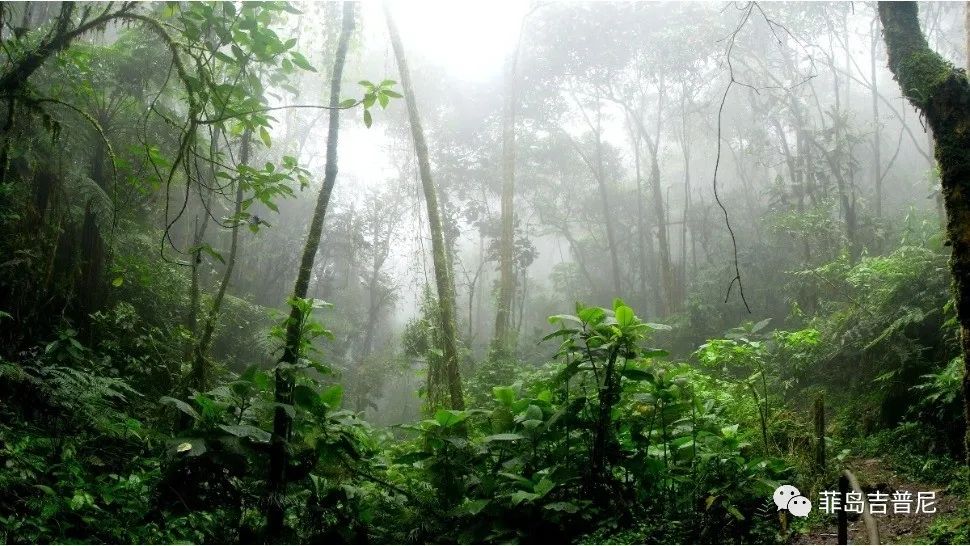Agarwood, known in the Philippines as Lapland, usually grows in the deepest parts of the tropical jungles of the southern Philippines.

Until now, in the tropical jungles of the southern Philippine island of Mindanao, the "gold rush" of stealing agarwood trees has continued.
In the Philippines alone, a kilogram of agarwood can sell for 750,000 pesos (about 100,000 yuan), and the whole agarwood tree is worth tens of millions of pesos.
This is also why, in the jungles of the southern region, illegal acts related to the theft or trade of agarwood are repeatedly prohibited, and even some people have lost their lives because of it.
Agarwood is a non-wood-use tree species whose resin and sap are commonly used in the perfume and fragrance industry, and this tree is very rare in tropical jungles in Southeast Asia, including the Philippines.
But not every agarwood tree is worth tens of millions.
The agarwood trees chosen by the stolen loggers must have been those infected with a peculiar mold. After this special mold triggers the agarwood tree's own defensive response, the tree itself will produce a dark aromatic substance that becomes a fragrant agarwood.
The oily substances and resins extracted from this infected agarwood are worth more than their equivalent weight of gold, and perfume and incense manufacturers are usually willing to pay millions of dollars/liter for this extract.
In the Philippines, agarwood is only found in the tropical jungles of southern Mindanao and southern Visayas, which is why in some inaccessible villages, people can always see foreigners inquiring about the local jungle, hoping that someone can take them to find this precious tree.
Although the Philippine government has long listed agarwood as an endangered protected tree species, any purchase, sale, storage and transportation of agarwood is considered illegal, the ban itself has no binding force on human greed.
Since the beginning of the original logging, smuggling and smuggling out of the country, the doom of the stolen logging of agarwood trees has not stopped. When law enforcement tried to control the theft at the source, the Internet became a safe haven for agarwood pirates.
Equipping local connectors with a smartphone, disguised agarwood as other goods sold in various online stores according to instructions, and let the loggers send agarwood to the buyer's address under the eyes of the forest police, has become a common means of agarwood thieves. (For example, the order in the following figure that uses computer memory as a cover)
At the same time, because the Internet in the Philippines is not a real-name system, the relevant departments want to track the entire chain, which has become an almost impossible task.
Since agarwood is so valuable, why not cultivate it artificially? According to the research of forestry experts, an agarwood tree takes at least 20 years to mature, and it is extremely picky about natural factors such as humidity, altitude, and climate, and the possibility of artificial cultivation is basically zero.